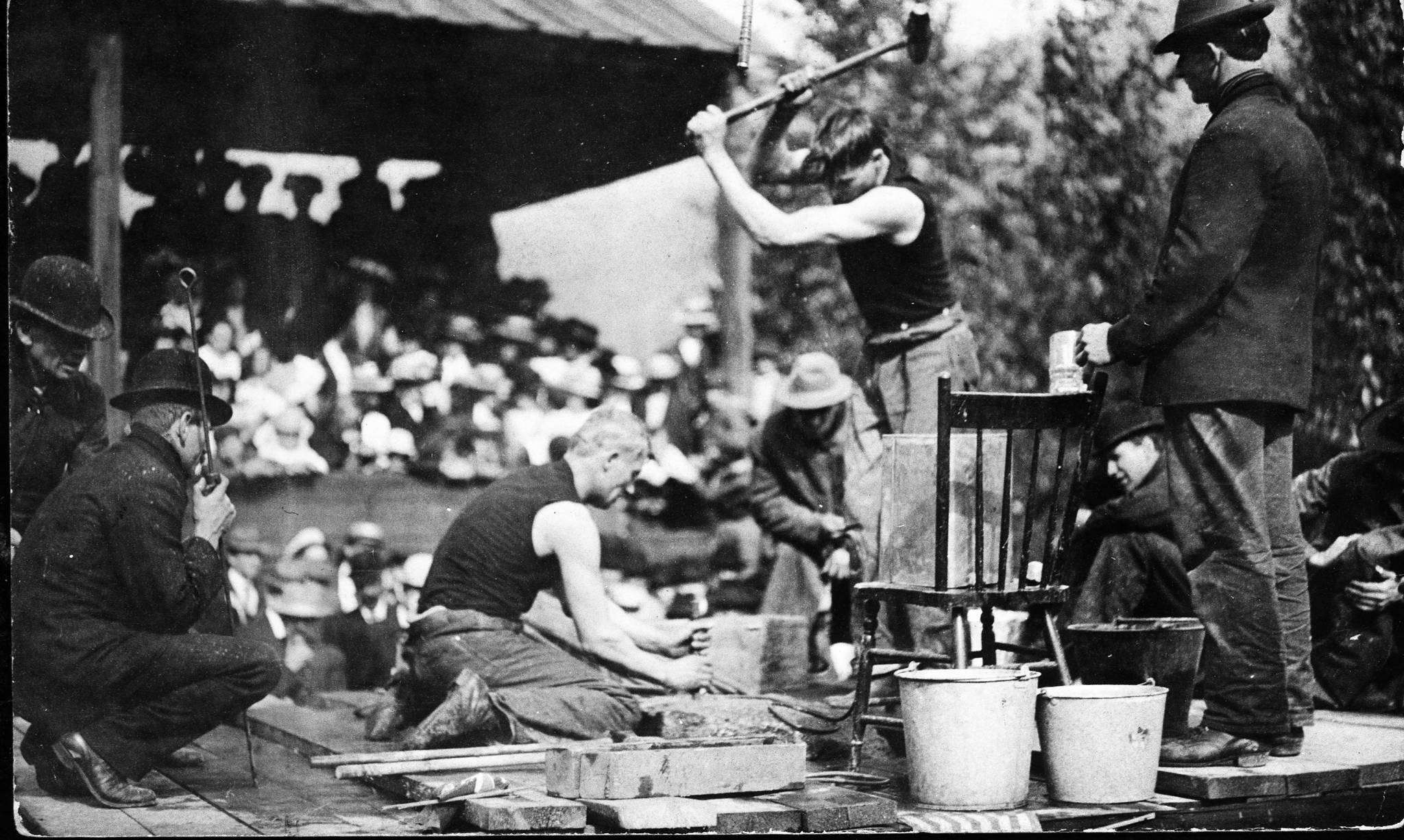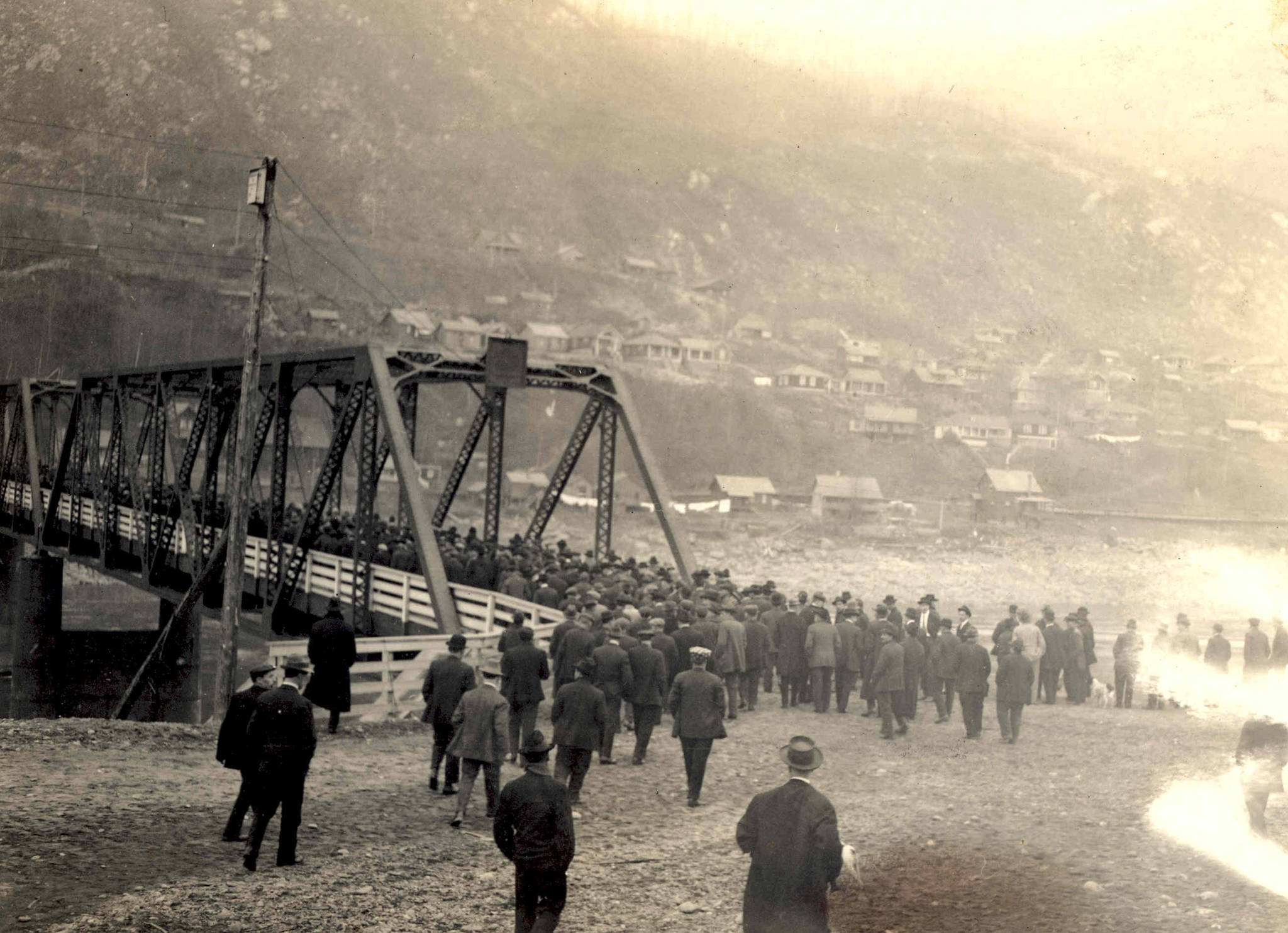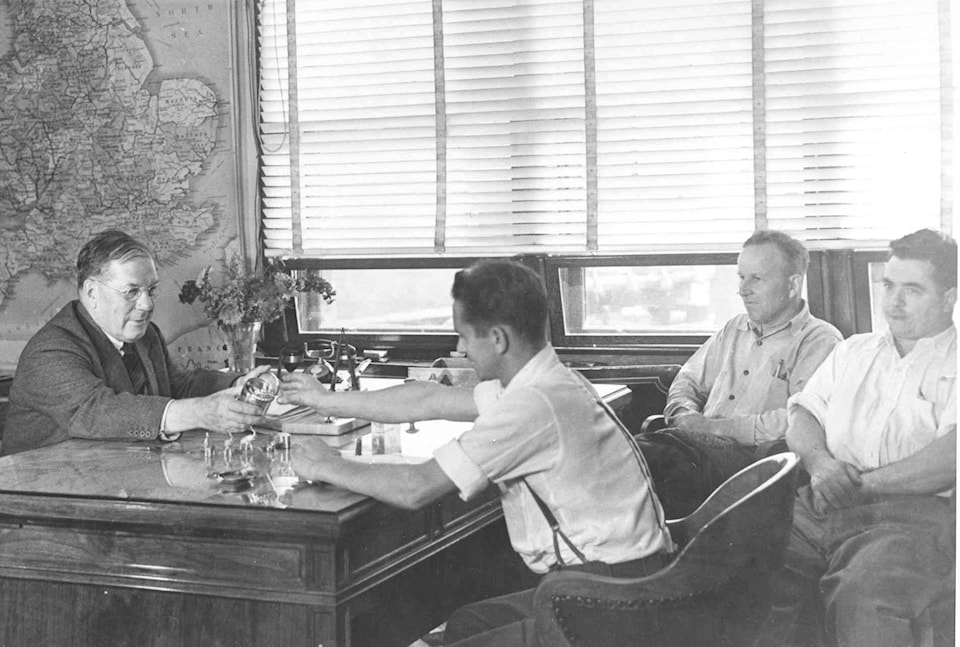While many may think of this last long weekend of summer as one more hurrah for a backyard barbeque or cookout at the campground, the Labour Day holiday is really meant to salute workers and the labour union movement in Canada.
Read more: Trail workers play vital role in advancing labour rights
Read more: Trail Blazers: Pioneers of leadership
One need to look no further than the hill – Teck Trail Operations, formerly Teck Cominco, Cominco, and before that, Consolidated Mining and Smelting Company of Canada (CM&S) – to be reminded of the integral role workers at the smelter have played in this country’s labour movement beginning in the early 1900’s and right up to present day.
In a hats-off to Labour Day 2020, with help from Jesslyn Jarvis, collections coordinator for the Trail Museum and Archives, this week’s Trail Blazers looks back at this region’s extraordinary history in advancing workers’ rights.
Excerpt from “Historical Portraits of Trail”
“In 1916, the Western Federation of Miners changed its name to the International Union of Mine, Mill and Smelter Workers, admitting smelter men for the first time. Union organizer Albert “Ginger” Goodwin helped establish Local 105 of Mine-Mill in Trail.
In 1917, Goodwin led a strike demanding enforcement of the Eight Hour Day Act. Smelter men were paid $2.75 per day, regardless of how many hours they had to work. The company fired all 1,200 workers who struck and the strike was broken. Goodwin, whose medical condition had previously exempted him from military duty, was suddenly declared fit and conscripted. He fled to Vancouver Island, where he was tracked down near Cumberland and shot by a special constable.
Around 500 workers were never recalled to the smelter and, in 1918, the Trail local folded. It was replaced by a company union, the Workmen’s Cooperative Committee, controlled by CM&S General Manager, S.G. Blaylock. The Committee had little bargaining power and the Trail smelter workers had no independent union representation until 1944, when Local 480 of Mine-Mill was certified. In 1968, Mine-Mill merged with the United Steelworkers of America.”
See Page 2 and Page 6 of our Sept. 3 edition for more on Trail’s history in the labour movement.
Read the latest on COVID-19 here: Coronavirus News
newsroom@trailtimes.ca
Like us on Facebook and follow us on Twitter


